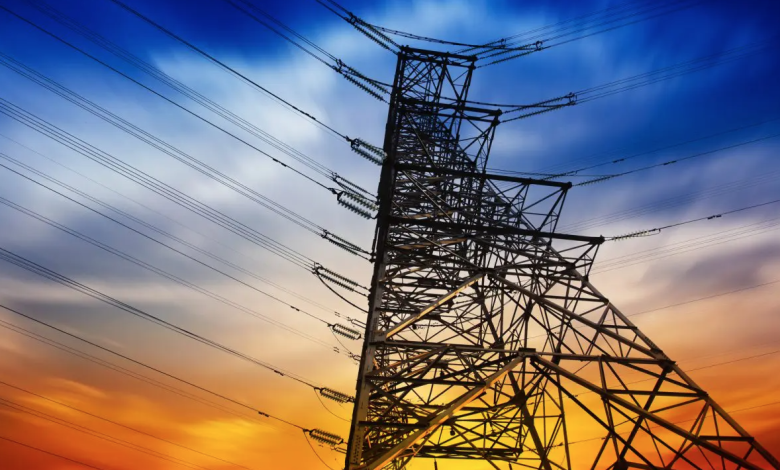How the global energy system must change according to IPCC 2022

From energy comes 34% of global greenhouse gases, calculates the IPCC 2022 ratio
(Sustainabilityenvironment.com) – “Heating cannot be limited to 2 C or 1.5 C without rapid and deep reductions in CO2 emissions and greenhouse gases from the energy system“. On the other hand, of the 59 billion t of CO2 equivalent (GtCO2e) emitted in 2019, 20 (34%) come from the energy sector, 14 GtCO2e from electricity generation and heating and the remaining part from “leaks” of various greenhouse gases. The IPCC 2022 report makes it clear that we need a profound and total revolution in the way we produce, distribute and consume energy. And the biggest share of success (or failure) in keeping global warming below guard levels depends on the results in this area.
The drop in emissions from the energy system: scenarios
In the long chapter dedicated to energy systems, the IPCC 2022 report starts with an overview of the changes needed in the 8 reference emissive scenarios. The scenarios of group C1, that is those where the probability to remain under the 1,5°C has greater the 50% and the overshoot (overshoot) is minimal and temporary (1,6°C), preview that the net emissions of the section energy decrease of 87-97% within 2050.
We need a strong commitment already in the short term, with 2030: the reduction of CO2 must beat between 35 and 51%, while that of other greenhouse gases (such as methane) by 38-52%. While net emissions from electricity generation must necessarily reach zero between 2045 and 2055. All these parameters are considered by the IPCC 2022 report “high confidence“, that is, there is a high level of scientific consensus corroborated by solid data around these data.
We must therefore radically reverse our course. From 2015 (the year after the publication of the 5th IPCC Assessment Report) to 2019 (the last “normal” year before the pandemic), in fact, the final energy consumption in the world grew by 6.6% in parallel with CO2 emissions (4.6%).
The fate of fossils according to the IPCC 2022 report
In the same period of time, according to the last chapter of the 6th IPCC Assessment Report, the different energy systems and the electric capacity from coal increased by 7.6%, the total consumption of oil and derivatives by 5%, and that of gas by as much as 15%.
Is there still room for fossils in the energy system of the coming decades? Or will the renewable energy system prevail? The IPCC 2022 report argues that “substantial changes” will be needed over the next 30 years, including reducing fossil consumption. The coal “unabated“, that is without the capture of the CO2, must decrease 67-82% within 2030 in the scenes of group C1. Oil and gas have slower reduction curves.
In all scenarios that limit global warming below 2°C (C1 to C4), low-carbon sources come to weigh between 93 and 97% of the global electric mix by mid-century. In the most ambitious scenarios, the share of electricity in the energy system at 2050 beats between 48 and 58% against 20% in 2019.
You have to start with coal.
“If investment in coal and other fossil infrastructure continues, energy systems will be chained to higher emissions, making it more difficult to limit heating to well below 2°C ,” reads the IPCC 2022 report.
That is why we must stop investing in this fossil source now: “Many aspects of the energy system – physical infrastructure, institutions, laws and regulations, and behaviors – are resistant to change or require many years to change. New investments in coal electricity without CCS are not consistent with limiting heating to well less than 2 ºC”.
On the contrary, the fossil infrastructure already operating today could condemn us to a full-bodied overshoot or to exceed 2 degrees. “Estimates of future CO2 emissions from existing fossil fuel infrastructure already exceed the remaining cumulative net CO2 emissions from routes limiting heating to 1,5 (with > 50% probability) with zero or limited overshoot”. Not only must we not build new infrastructure: we must proceed with decommissioning and reduce its use.
How will net zero energy systems be made?
Since the signing of the Kyoto Protocol in 1997, the principle of differentiated responsibilities has been abandoned in climate diplomacy. This is also reflected in the diversity of solutions, priorities and recommendations, always to be adapted on a national basis. In the IPCC 2022 report, however, the authors trace the minimal, common to all, identikit of the global energy system with zero net emissions.
Read also How many emissions do we have left? All scenarios in the new IPCC climate report
There are many common traits. Electricity generation is net-zero, either because it does not produce emissions or because it removes them from the atmosphere. There is widespread electrification of final consumption, including light transport, heating and cooking. Fossils have a much smaller role than today and use alternative energy carriers such as hydrogen, bioenergy, and ammonia in the most difficult electrification sectors. Energy efficiency and regional integration of the electricity system must be improved. Finally, for the first time, a report by the Intergovernmental Panel on Climate Change writes that it is necessary to use technologies for removing CO2 from the air such as DACCS (Direct Air Carbon Capture and Storage) and BECCS (Bioenergy with carbon capture and storage).





